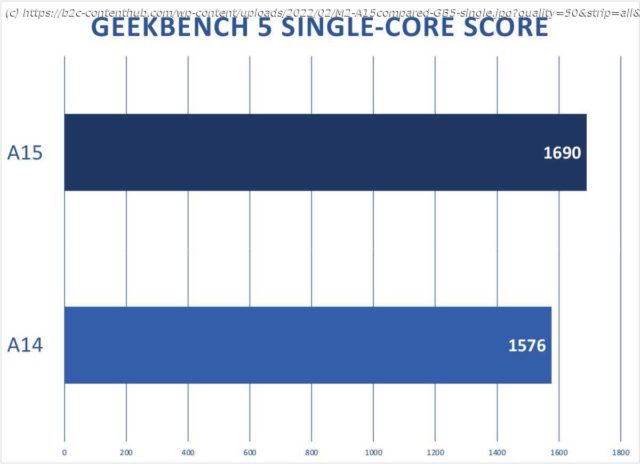We don’t need to wait for benchmarks to get a good picture of how Apple’s next Mac processor will perform.
When the first M1-based Macs were released in the fall of 2020, it’s no exaggeration to say they shook up the entire computer market. Apple took the basic architecture of the A14 (found in the iPhone 12), scaled it up to ultraportable laptop levels, and blew away the competition with what we called a “mind-boggling” improvement over the previous generation. It was fast, very fast, and provided shockingly good battery life. With the M1 Pro and M1 Max in 2021, Apple scaled the architecture up further to performance laptops (and presumably upcoming desktops), and again became the processor against which all others were compared. The only chips that outperform the M1 Max are Intel’s Alder Lake processors, and then only with a bunch of caveats about a massive disparity in power consumption, only running full speed when plugged in, and leaning on a high-power Nvidia GPU. So what does Apple do for an encore? With the M1 now almost a year and a half old, it’s time for its successor, which we’ll assume will be called the M2. While we never really know what Apple has up its sleeve until products are announced (as early as March or at WWDC in June or later this fall), but we’re going to take out best educated guess about what we can expect from the M2 (and we’ll throw in an M2 Max prediction, too). The M1 is based on the basic architecture of the A14, scaled up with double the number of high-performance CPU cores (four instead of two) and double the GPU cores (eight instead of four). It is, for lack of a better explanation, the “A14X” that otherwise would’ve been in the iPad Pro. In trying to predict the M2’s features and performance, we will operate on the assumption that it will follow a similar pattern, only this time with the A15: the same architecture with twice the high-performance cores and GPU cores. Note that the A15 actually has five GPU cores, with the fifth one enabled only in the iPhone 13 Pro models. We’ll generate performance expectations with a doubling of that to 10 cores, which jibes with rumors about the M2’s configuration. For the M2 Max, we assume the same scaling-up as from the M1 to M1 Max. The CPU cores will be swapped out for a 2-efficiency,8-performance setup, and GPU cores will be quadrupled from the base M1 chip (for a total of 40). Before we get to the numbers, we should mention that it is expected for the M2 to be manufactured on TSMC’s N4P process, which is an enhanced form of the 5nm process on which the A14 and M1 were manufactured. TSMC claims that it can run up to 11 percent faster at the same power, or use 22 percent less power at the same performance. It’s not really known if this will translate into higher clock speeds, better battery life, or a little bit of both. It all depends on Apple’s particular configuration, and battery life in particular is subject to a wide number of variables (like how power-efficient the display is, for example). For our performance predictions here, we are not factoring in additional performance from manufacturing process improvements, as there is no way to realistically quantify what they might be. It is reasonable to expect that the figures provided here are probably a few percent lower than what Apple might squeeze out of the N4P process, and just as we saw greatly improved battery life in the A15-powered iPhone 13 phones, Apple may prioritize longevity in the MacBooks that use these chips.






